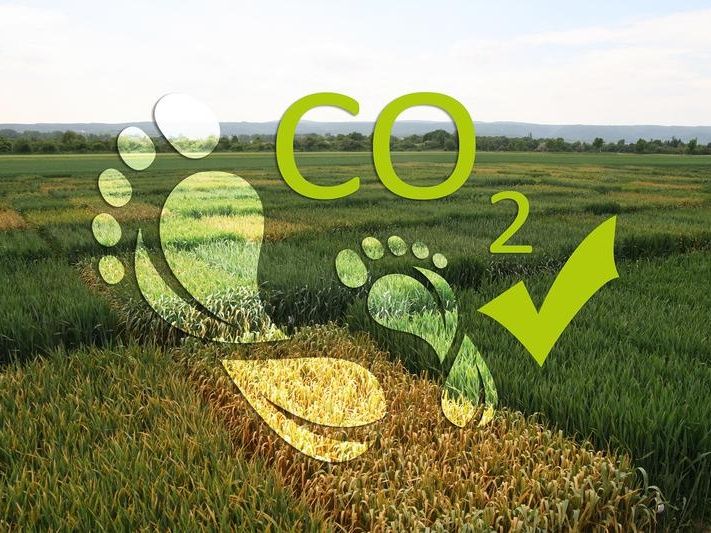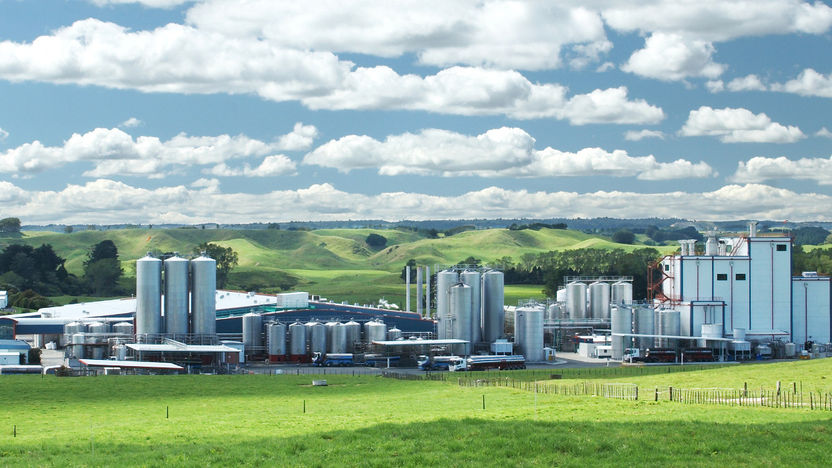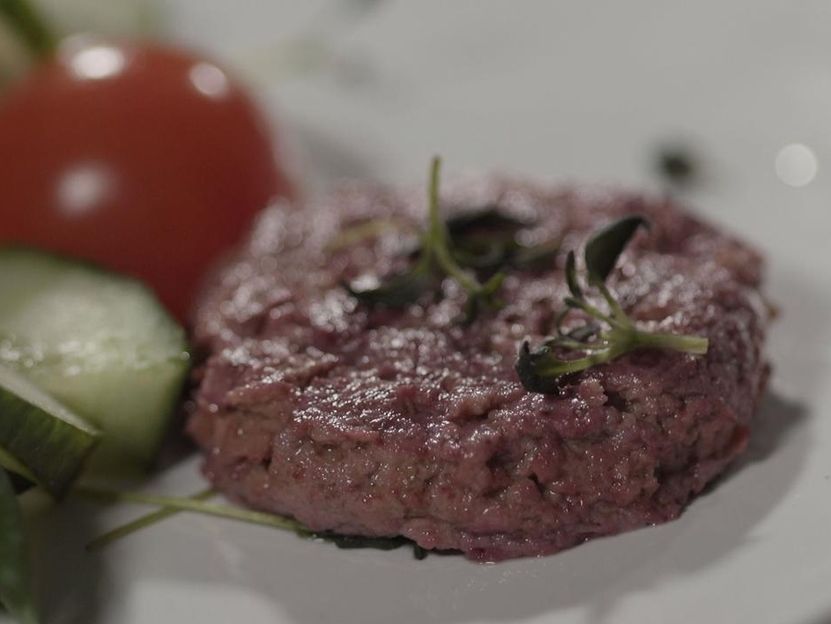Breeding progress reduces the carbon footprint of cereal production
Breeding of new wheat and rye varieties over the past three decades has reduced greenhouse gas emissions by up to 23 percent
Advertisement
Agriculture causes around eight percent of greenhouse gas emissions in Germany and thus contributes to climate change. At the same time, however, agriculture itself suffers among the greatest negative impacts of climatic changes and has an interest per se in contributing to climate protection. To quantify this contribution to more climate-friendly food production, it is worth taking a look at the entire crop production chain, including the breeding of climate-efficient varieties. Researchers at the Julius Kühn-Institut (JKI), together with partners from the Bundessortenamt and the University of Hohenheim, have therefore quantified for the first time the contribution of breeding progress in rye and wheat to reducing the carbon footprint over more than 30 years. The results have appeared in the Journal of Cleaner Production (Vol. 377) (https://doi.org/10.1016/j.jclepro.2022.134326).
"Compared to varieties that entered the market in the 1980s, today's wheat and rye varieties have a 13 to 23 percent lower carbon footprint," reports Ludwig Riedesel of the JKI. The lead author works at the JKI's Institute for Strategies and Impact Assessment in Kleinmachnow. By breeding fungus-resistant varieties, he says, CO2 emissions fell particularly sharply in cultivation variants without the use of fungicides.
"The contribution of plant breeding to increasing agricultural productivity and global food security has been proven in numerous studies. However, the extent to which breeding progress has also helped to reduce the climate impact of agriculture had not been investigated in this way before," says Dr. Til Feike of the JKI Climate Unit, pointing out the special nature of the study.
Based on an extensive variety trial data set, which contained 27,652 combinations of variety (genotype), environmental conditions and cultivation measures (management) in the case of wheat and 10,523 in the case of rye, this was investigated using life cycle assessment (LCA) and mixed models. The result: due to increased harvest volumes and associated higher crop residues and nitrous oxide emissions, greenhouse gas emissions per hectare have increased slightly over the decades, but this is more than offset by increasing yields per hectare, ultimately leading to lower emissions per kilogram of grain and thus an improved carbon footprint, the authors' collective concluded.
Dr. Bernd Hackauf, breeding researcher at the JKI site in Groß Lüsewitz, is particularly pleased with rye's good performance: "In our study, we were able to demonstrate greenhouse gas emissions per hectare that are about 20 percent lower for rye than for wheat, and a CO2 footprint that is about 8 percent lower." Thus, expanding rye cultivation could contribute to climate protection and sustainable grain production, he said.
The study demonstrates the successful work of breeders on the one hand and the Bundessortenamt on the other. Breeding, registration, value testing and approval of continuously improved cereal varieties over the past decades have made an important contribution to climate protection. "Farms include improved varieties in their production portfolios of their own accord, without the need for extra incentives financed by politicians from taxpayers' money," says Dr. Feike. Unlike other climate protection measures in agriculture, there are no economic costs. This makes breeding new varieties with a lower carbon footprint a very effective climate protection measure.
Breeding research is a focal point at the JKI, the Federal Research Institute for Cultivated Plants. Among other things, work is currently being carried out on the prerequisites for future varieties with more efficient root systems, improved stability and improved nitrogen use efficiency. Research into resource-efficient and climate-friendly genotypes is helping to achieve Germany's sociopolitical goal of climate neutrality by 2045.

Two footprints against the background of trial plots with wheat varieties symbolize that breeding progress contributes to climate protection, by reducing the carbon footprint.
Zetzsche & Wolck / Julius Kühn-Institut (JKI)
Note: This article has been translated using a computer system without human intervention. LUMITOS offers these automatic translations to present a wider range of current news. Since this article has been translated with automatic translation, it is possible that it contains errors in vocabulary, syntax or grammar. The original article in German can be found here.























































